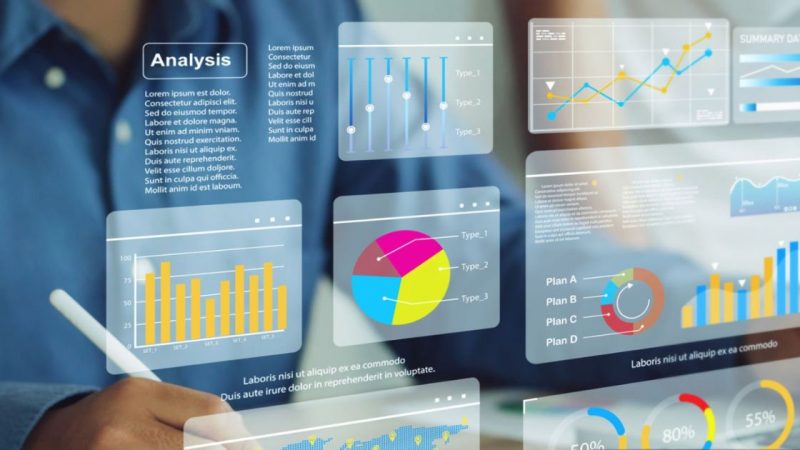
If you’re up to date with current affairs in the world of corporate finance, you’re likely aware of the ongoing technological transitions all finance departments have had to make in recent times. Based on various articles written from every position from the CFO, to the financial controller, as well as lower positions on the chain of command, it seems as if many finance professionals are electing to completely abandon traditional tools (such as Excel spreadsheets) and adopt a software system.
Many unfortunately have a dichotomous approach to this issue, and neglect to consider the advantages provided by Excel, and how using both applications can prove to be the most effective strategy for finance professionals to execute their tasks. This post will elaborate on why Excel is still relevant and what tasks it performs best, and the place of software integrated with proper Excel use.
8 Advantages of Excel
Although many in corporate finance advocate for the abandonment of Excel, these individuals neglect to consider the many advantages Excel has to offer. Its continued relevance is proven by the fact that it has remained a popular resource in many professions for decades, and has over a billion users worldwide. Among the 8 greatest advantages of Excel are as follows:
- Excel rarely needs upgrading to its core functionality: This is among the examples of Excel’s simplicity. Many people are familiar with the application, and do not have to undertake the headache of adjusting to constant and complex new updates
- With Excel, it is easy to edit data without forced accounting compliance or auditing features. The latter two characteristics can prove to be a difficult obstacle when implementing a software system.
- You can easily send and receive an excel file with your accountant or other staff
- Purchasing Excel involves lower upfront and ongoing costs
- Excel can be more simplified to record data
- As mentioned before, Excel is a universally well known program that many people have, whereas specialized software systems require a harder (and sometimes more expensive) adjustment process.
- Excel is a free form tool allowing you to create spreadsheets and reports that are specific to your organization’s needs.
- When Excel does undergo updates, there is a quicker learning curve due to previous exposure.
How Software Fills the Gaps Excel Can’t
It should be said that the abandonment and criticism of Excel, which 21% of businesses in the US have embraced, is not unfounded. There are certain tasks that are more complex, or simply require more heavy lifting. They are better completed with a financial software system. Four of the ways software is more effective are as follows:
- Software maintains a central file and reduces risk of version control issues. This empowers finance professionals to aggregate, analyze, and report data on one unified platform, often without additional training.
- Software systems possess an increased level of accounting compliance and auditing requirements, and greater security/fraud prevention capabilities across the board.
- Software automates Excel’s traditionally manual tasks. This characteristic is particularly advantageous because you won’t run into the accuracy issues that Excel typically has. It is substantially less error prone to simply allow an automated technology to gather your data rather than trudging through things manually with spreadsheets. It is also worth mentioning the magnitude of the consequences of spreadsheet errors. For example; TransAlta experienced a relatively minor Excel error 10 years ago, which cost them over $24 million dollars in losses.
- Many software products include payroll systems for salary, superannuation, and calculating leave entitlements
In other words, much of the advantages software systems have over Excel spreadsheets have to do with greater efficiency in dealing with large amounts of data, as well as the successful evasion of potentially catastrophic losses from spreadsheet errors.
Is there a way to put this all together?
Having listed the pros and cons of both Excel and advanced software technology in corporate finance, it is clear that the best practice in the approach to these tools is to use both according to the task they are best suited for, and thus reap the benefits of both tools. Excel spreadsheets offer a lot to your organization because your employees and potential hires alike will know how to use it, will be able to use it for a variety of tasks, and will require essentially no reskilling effort no matter the number of updates. You can take advantage of software through its automation of traditionally manual tasks, and will maximize your accuracy due to the elimination of human error.
The way to put this all together to the maximum extent possible, however, is by choosing specific software systems (such as Datarails or Vena) designed to complement Excel use. Many of the organizations today developing financial software advocate the short sighted dichotomous approach to Excel (i.e. abandonment to “keep up with the times”), but there are products directly designed to be used in tandem with spreadsheets.





